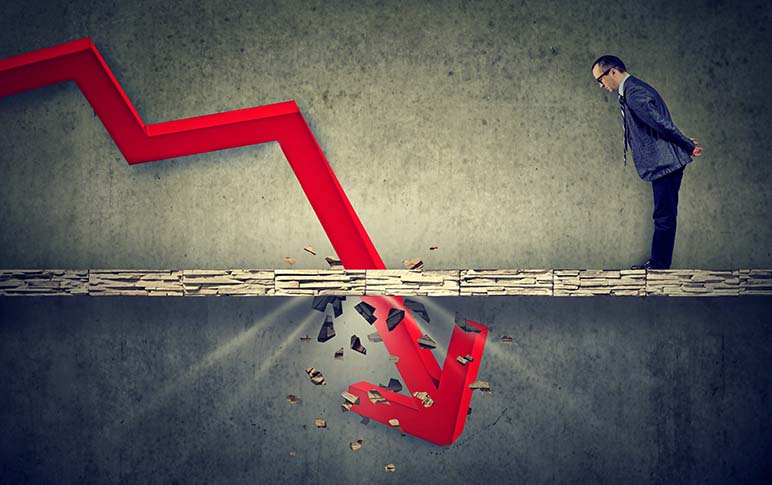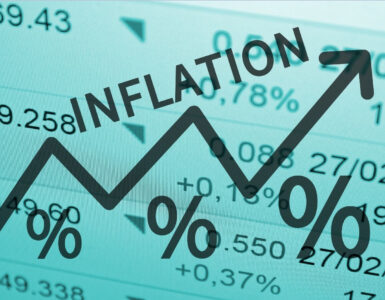The bull case on the charts is starting to gain momentum. Investors look for reasons to call a stock-market bottom.
Investors are scared and traders are anxious, but both are wondering whether the stock market has bottomed.
Investors might think that the wide daily and weekly trading ranges are a boon for traders, as they capitalize on massive moves in individual stocks and the indices.
Truth is that traders can thrive or die in this type of environment. Those who are careless with risk — failing to use a stop-loss or leaning on hope as a strategy when they’re wrong — can be devastated.
Put simply, the ranges are too wide and the action is too fast to be hesitant and careless with risk.
Investors are in a similar boat, albeit on a different time frame. How many growth stocks have seen 75% or more of their value wiped out? Former standouts like Shopify, Twilio- and Fastly can vouch for that.
How many high-quality names have lost 40% or more of their value? Advanced Micro Devices, Meta and Amazon come to mind.
Times like these can be incredibly scary for investors — and rightfully so.
As we said in a column last week, “Don’t Panic!” It’s “in investors’ interest not to be in the group that sells into the low during a marketwide capitulation.”
Has the Stock Market Hit Bottom?
In that previous column, we broke down the price action after the S&P 500 fell for more than seven weeks in a row. In the past 94 years, it’s happened only three other times and each time it’s happened, it marked the intermediate-term low.
Additionally, the S&P 500 was higher in each of the following time frames: one month, one quarter, six months and one year later.
We entered last week down for seven weeks with investors wondering if the S&P 500 would make it eight in a row.
Instead, the market ended the week with three straight 80%-plus upside-volume days on the NYSE. It was the third time we’ve seen three straight sessions with this type of price action in the past 10 years. It happened in February 2016 and March 2020. In both occurrences, it marked the bottom — permanently.
Breadth is a closely tracked metric for some investors. Back-to-back sessions with 80%-plus upside breadth indicates a return to demand.
That said, the above info is a very limited data set, with just two occurrences to measure from.
So I zoomed out and looked at what happened when we had three occurrences of 80%-plus upside volume in a four-session span. That’s happened six times in the past decade, three of the six in 2020.

In five out of six of those occurrences, the S&P 500 was higher one month later, one quarter later and one year later. In all the occurrences, the index was higher six months later.
It also marked the low for the next three months on all previous six occasions. In five out of six situations, it marked the low for the next six months.
When looking for a stock-market bottom, there’s no clear-cut answer. There’s a lot of gray area and, as a result, we’re looking for evidence and clues more than just a yes or no answer.
In the span of just a few days now, the bulls have more clues to work with.
They know history is on their side when it comes to a losing streak of seven weeks or longer. They also know that three straight strong-breadth upside days bode well for the market, as do three strong upside days in a four-day stretch.
Does that mean the stock market has bottomed?
No, it does not guarantee it! We observe the market in a series of probabilities — not certainties.
But the weight of evidence is certainly starting to support the idea that we have reached some sort of intermediate-term bottom.
Whether that low lasts for one month, three months, six months or longer is anyone’s guess.
It’s always possible that we retest the low or we’re in a bear market that continues to move lower later in the year. At a minimum, though, the short-term situation is certainly improving for investors.
Source: The Street










